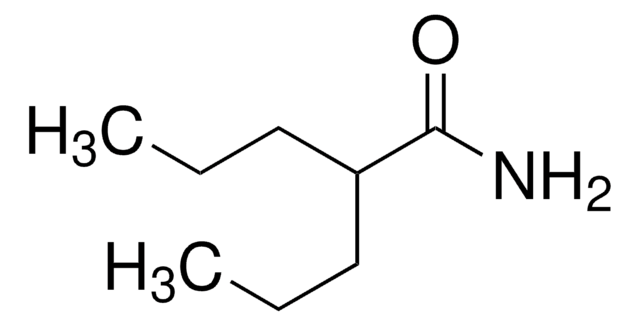Z0152
Zinc chloride
BioReagent, for molecular biology, suitable for cell culture, suitable for insect cell culture
Synonym(s):
Dichlorozinc
About This Item
Recommended Products
grade
for molecular biology
Quality Level
vapor pressure
1 mmHg ( 428 °C)
product line
BioReagent
technique(s)
cell culture | insect: suitable
cell culture | mammalian: suitable
mp
293 °C (lit.)
solubility
H2O: may be turbid 20 g/200 ML + 6 mL 1M HCL, clear to slightly hazy, colorless to faint yellow or tan
foreign activity
DNAse, none detected
Endonuclease, none detected
Exonuclease, none detected
NICKase, none detected
Protease, none detected
SMILES string
[Cl-].[Cl-].[Zn++]
InChI
1S/2ClH.Zn/h2*1H;/q;;+2/p-2
InChI key
JIAARYAFYJHUJI-UHFFFAOYSA-L
Looking for similar products? Visit Product Comparison Guide
Signal Word
Danger
Hazard Statements
Precautionary Statements
Hazard Classifications
Acute Tox. 4 Oral - Aquatic Acute 1 - Aquatic Chronic 1 - Eye Dam. 1 - Skin Corr. 1B - STOT SE 3
Target Organs
Respiratory system
Storage Class Code
8B - Non-combustible corrosive hazardous materials
WGK
WGK 3
Flash Point(F)
Not applicable
Flash Point(C)
Not applicable
Personal Protective Equipment
Certificates of Analysis (COA)
Search for Certificates of Analysis (COA) by entering the products Lot/Batch Number. Lot and Batch Numbers can be found on a product’s label following the words ‘Lot’ or ‘Batch’.
Already Own This Product?
Find documentation for the products that you have recently purchased in the Document Library.
Customers Also Viewed
Our team of scientists has experience in all areas of research including Life Science, Material Science, Chemical Synthesis, Chromatography, Analytical and many others.
Contact Technical Service







